<--- Back to Details
| First Page | Document Content | |
|---|---|---|
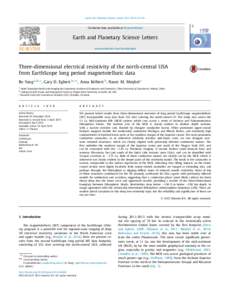 Date: 2015-11-23 17:30:05Geology Earth Plate tectonics Planetary science Structure of the Earth Magnetotellurics Earthscope Mantle plume Geophysics Electrical resistivity and conductivity Crust Foreland basin |
Add to Reading List |
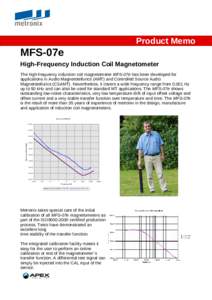 | Product Memo MFS-07e High-Frequency Induction Coil Magnetometer The high-frequency induction coil magnetometer MFS-07e has been developed for applications in Audio Magnetotellurics (AMT) and Controlled Source AudioDocID: 1rt1Y - View Document |
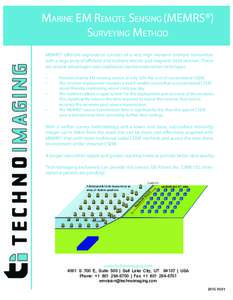 | TechnoImaging MEMRS_2016v2DocID: 1rrdi - View Document |
 | Three-dimensional electrical resistivity of the north-central USA from EarthScope long period magnetotelluric dataDocID: 1rq3n - View Document |
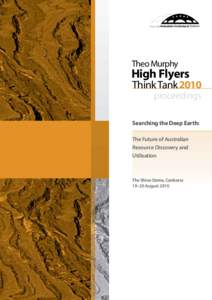 | Theo Murphy High Flyers Think Tank 2010 proceedingsDocID: 1qPIC - View Document |
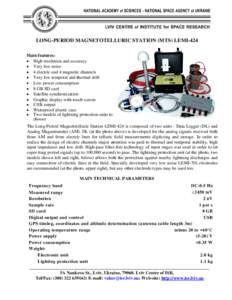 | LONG-PERIOD MAGNETOTELLURIC STATION (MTS) LEMI-424 Main features: • High resolution and accuracy • Very low noise • 4 electric and 4 magnetic channels • Very low temporal and thermal driftDocID: 1qNJQ - View Document |
 Three-dimensional electrical resistivity of the north-central USA from EarthScope long period magnetotelluric data
Three-dimensional electrical resistivity of the north-central USA from EarthScope long period magnetotelluric data